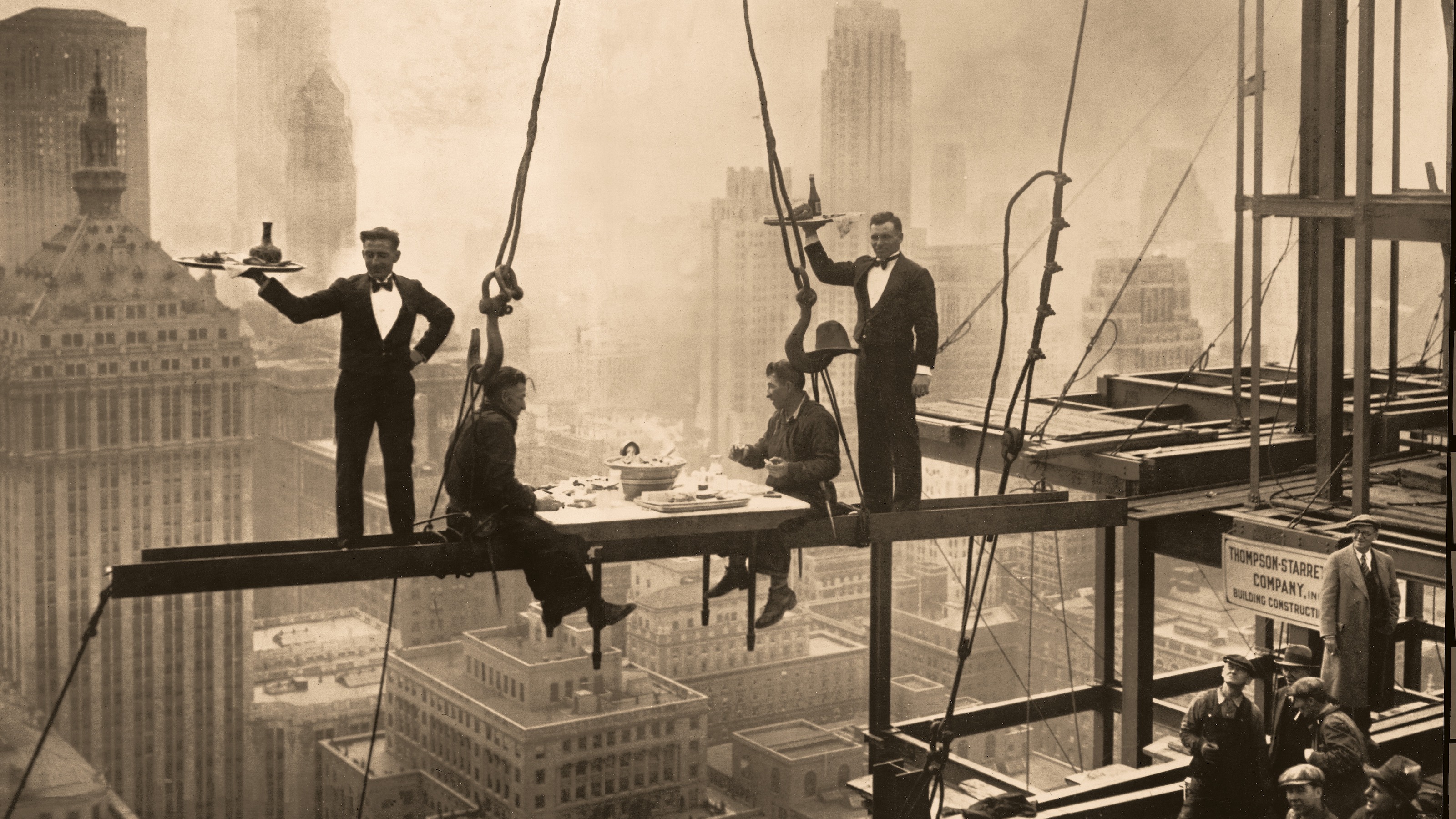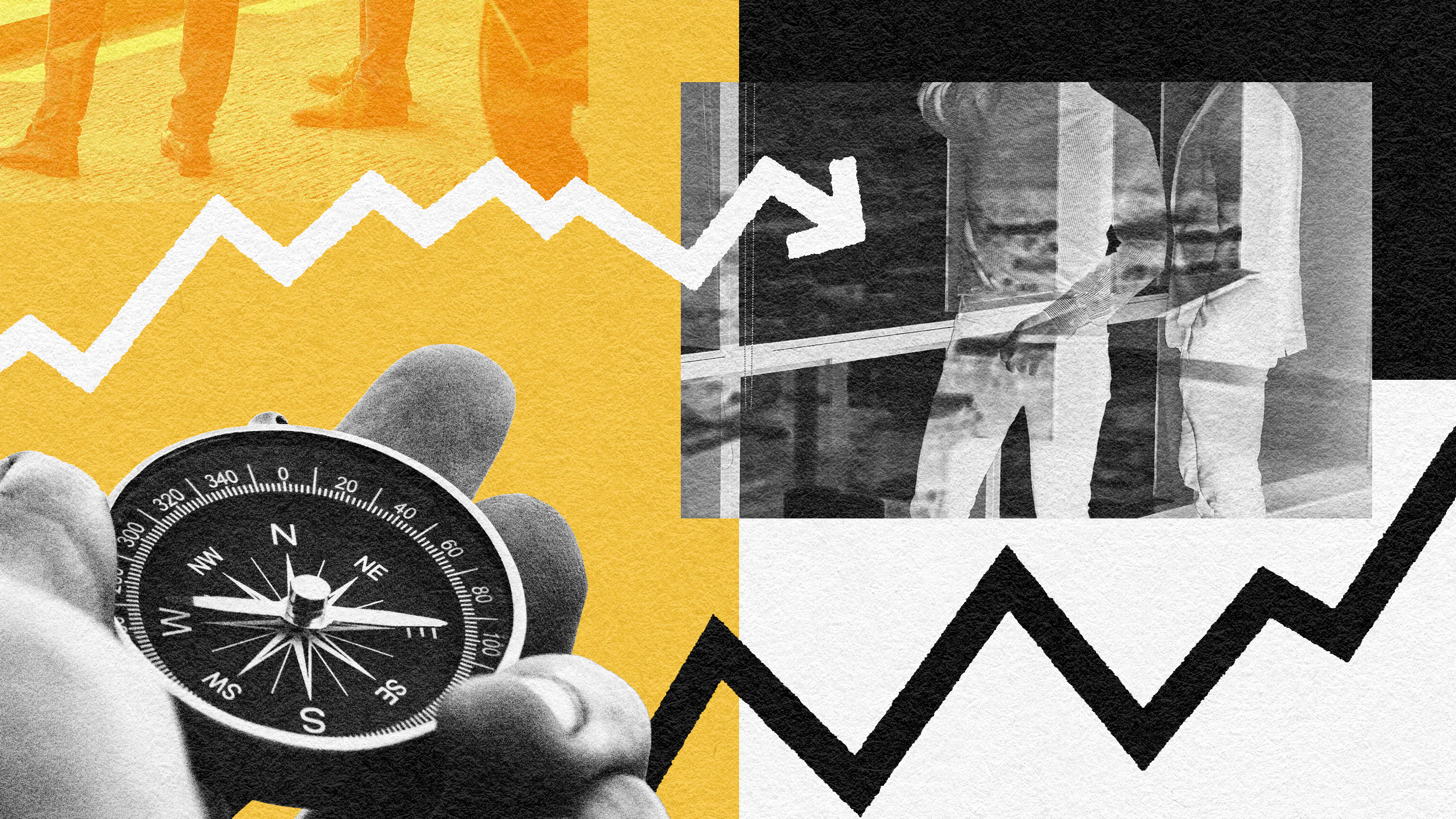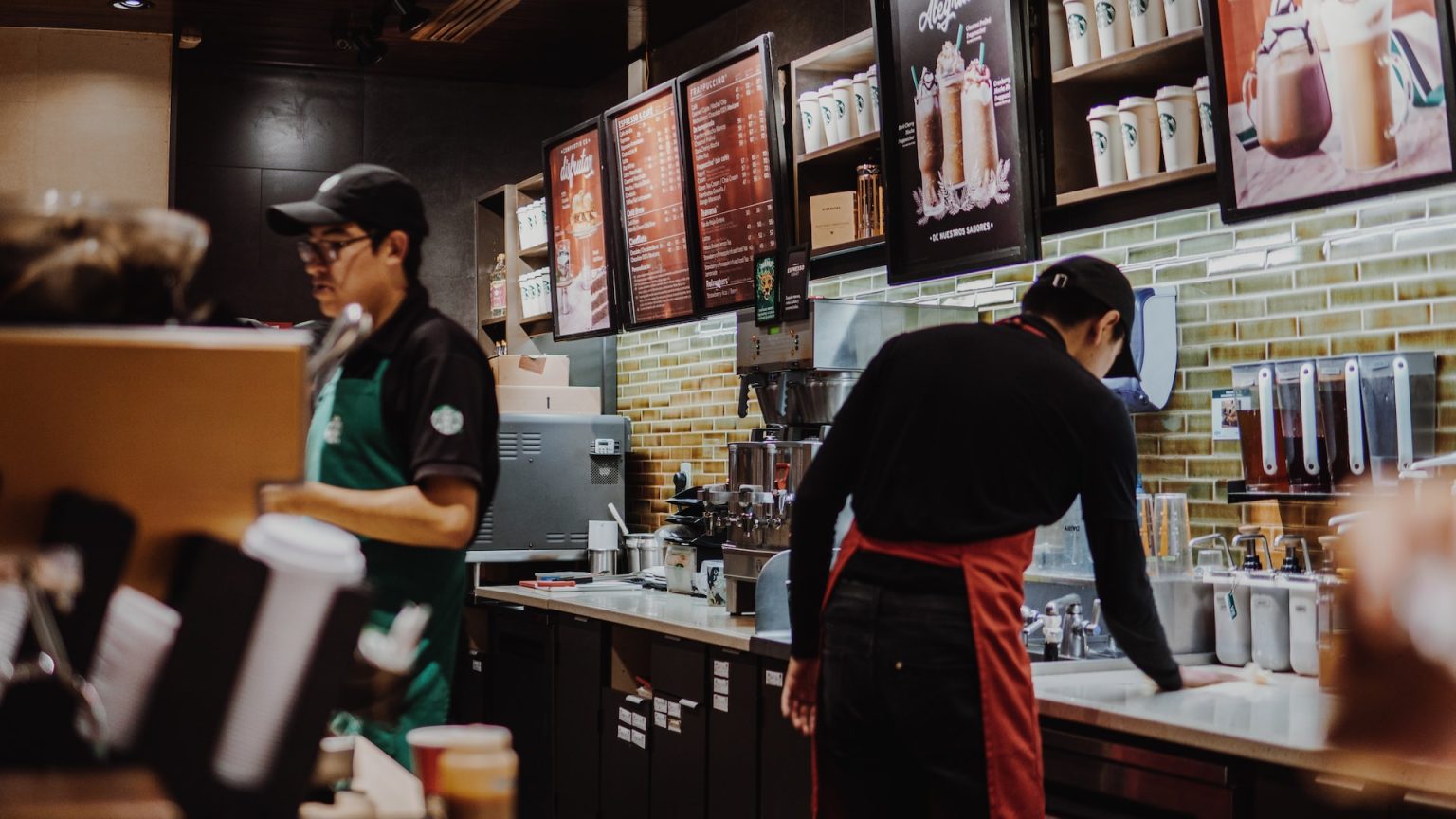Starbucks and “Lean Retailing” innovation

is changing in response to new consumer spending patterns. First, it
was the announcement that it planned to revisit the pricing of its
coffee and baked goods and go back to basics with the re-introduction
of Pike’s Place coffee. Then, it was the announcement that it would
consider closing down some superfluous Starbucks stores and pursue
other cost-cutting measures. This week, it was rumors on the Internet
of a “stealth” Starbucks brand known as 15th Avenue E Coffee and Tea. But I literally spilled my (think) coffee this morning when I read that Starbucks was embracing Japanese-style “lean retailing” techniques as a way to break out of its funk. This is serious MBA-case study type of material.
All that talk about “lean retailing”, of course, hearkens back to the 1980s, when U.S. companies by the hundreds embraced the “lean manufacturing” techniques of the Japanese
in order to become more competitive. That, in fact, appears to be
exactly what Starbucks CEO Howard Schultz has in mind. Today’s Wall Street Journal article even mentions that Starbucks has a “VP of Lean Thinking” who is an acolyte of the Toyota lean manufacturing system:
“Pushing Starbuck’s drive is Scott
Heydon, the company’s “vice president of lean thinking,” and a student
of the Toyota production system, where lean manufacturing got its
start. He and a 10-person “lean team” have been going from region to
region armed with a stopwatch and a Mr. Potato Head toy that they
challenge managers to put together and re-box in less than 45 seconds.
Mr. Heydon says reducing waste will free up time for baristas — or
“partners,” as the company calls them — to interact with customers and
improve the Starbucks experience. “Motion and work are two different
things. Thirty percent of the partners’ time is motion; the walking,
reaching, bending,” he says. He wants to lower that.
If Starbucks can reduce the time each employee spends making a
drink, he says, the company could make more drinks with the same number
of workers or have fewer workers.”
This is incredible, groundbreaking stuff. Starbucks is even doing
all kinds of “motion studies,” where they analyze how baristas move and
where ingredients are located, to see if they can save a few seconds
here and there, in order to make their coffee-making process more
efficient. The lean retail experts are also analyzing the total time
spent at Starbucks drive-in windows, to get that number down as much as
possible. Around the cafe, they are utilizing timers, to make sure that
fresh coffee gets brewed every eight minutes.
If it were a different company, say, Dunkin’ Donuts or Mickey D’s, I
don’t think the adoption of Japanese “lean retailing” methods would be
so newsworthy. But this is Starbucks — which staked a fortune on
creating a global brand around $4 coffee and a leisurely,
stay-all-you-want type of experience curated by knowledgeable baristas.
If Starbucks is already embracing Japanese-style efficiency, look for
other companies to take cover under the guise of “lean retailing” to
pare back on just about everything…
[image: Starbucks Speeds Up, via Wall Street Journal]




